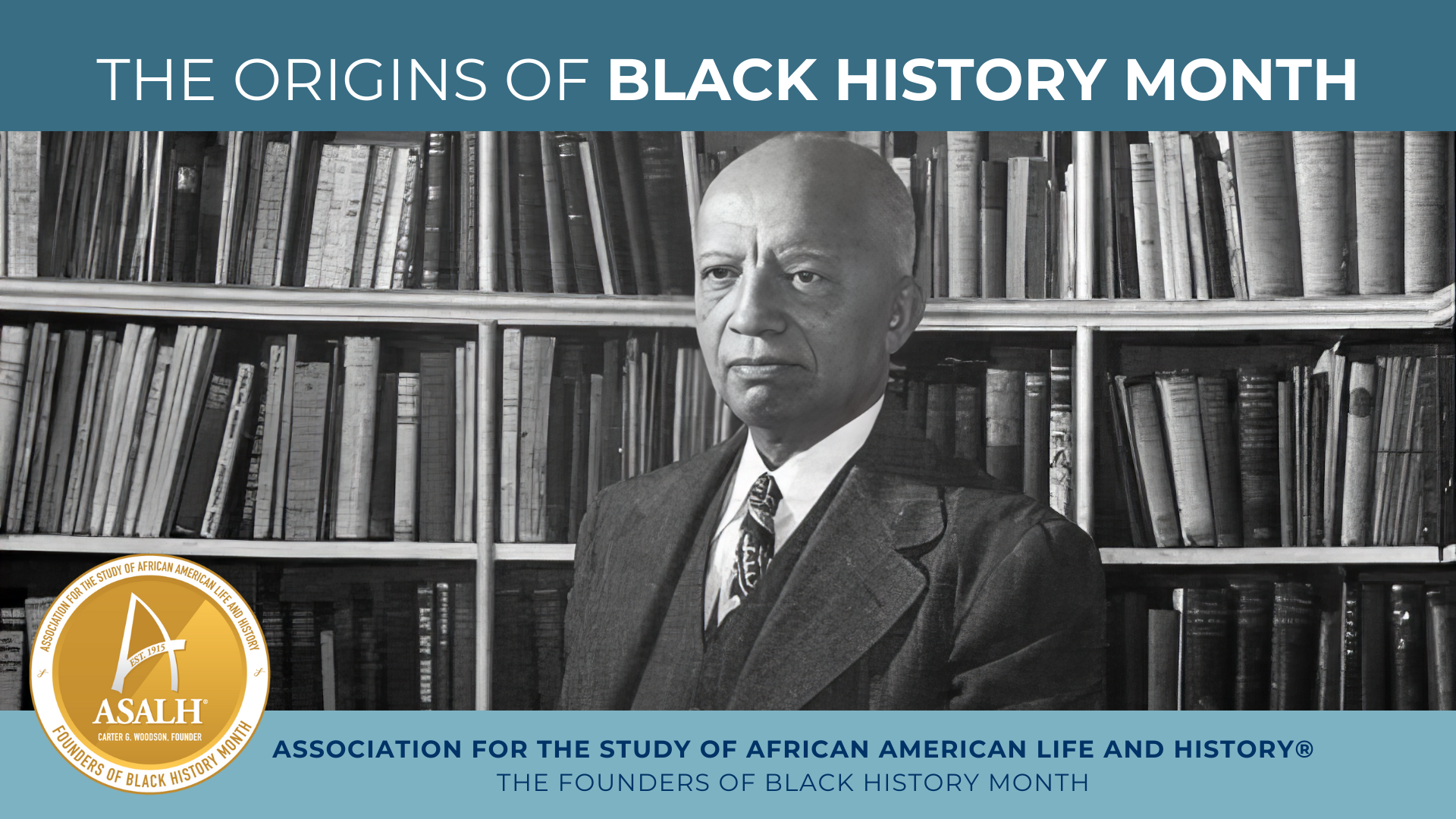Written By Lexx Nunn
In 1926, Woodson a historian and founder of the Association for the Study of Negro Life and History (ASNLH) established Negro History Week to promote the achievements of Black Americans. Proud member of Omega Psi Phi Fraternity Incorporated, he chose to celebrate the second week of February to coincide with the birthdays of Abraham Lincoln and Frederick Douglass.
The Civil Rights Movement (1954) significantly impacted the development and evolution of Black History Month, catalyzing increased awareness and recognition of Black history and contributions to American society. As time progressed and black culture began to evolve and grow nationwide, history began to pour into the African American youth through historically black colleges and universities. In fact, HBCUs have produced several black doctors, lawyers, journalists, educators, leaders, and civil rights activists to date. HBCUs have historically been the backbone of social movements, particularly the Civil Rights Movement and continue to be that backbone today. The Nashville sit-ins were a series of nonviolent protests that took place in Nashville, Tennessee from February to May 1960. The sit-ins were a part of the Civil Rights movement and aimed to desegregate lunch counters and other public spaces in downtown Nashville.
Tougaloo College played a central role in the civil rights movement as it provided refuge for weary Freedom Riders and hosted organizers and activists such as Medgar Evers, Fannie Lou Hamer, and Dr. Martin Luther King Jr. A group of undergraduate students known as “The Tougaloo Nine” staged sit-ins at segregated public institutions, most notably the Jackson Public Library in 1961. The Nine—Meredith Coleman Anding Jr., James Cleo Bradford, Alfred Lee Cook, Geraldine Edwards, Janice Jackson, Joseph Jackson Jr., Albert Earl Lassiter, Evelyn Pierce, and Ethel Sawyer—were members of the Jackson Youth Council of the NAACP. They were trained by the then-president of the NAACP Jackson branch, Medgar Evers, for the sit-in protest. They entered the library and sat at different tables reading books quietly, to which the librarian responded by calling the police on them. The students refused to leave and were arrested, sparking protests on their behalf.
It is important and will always remain a priority to continue to educate the African American youth on such sacrifices and struggles such as these. It is important to continue to pour into their ears information about Mansa Musa, the first black billionaire, or O.W. Gurley, the man who bought 40 acres of land and turned it into Black Wall Street, and even Marcus Garvey, the leader of the Back-to-Africa movement, which sought to relocate African Americans from the United States to Africa. Continuing with such strategies will ensure our future generations will remain connected to their cultural and historical roots.

